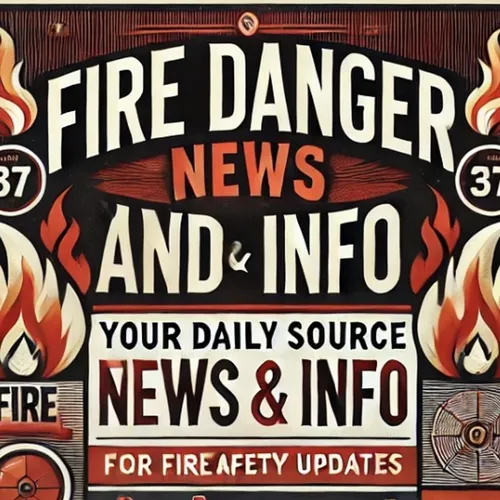Extreme Wildfire Danger Grips the US as Heatwaves and Droughts Fuel Massive Blazes
- Author
- Quiet. Please
- Published
- Wed 06 Aug 2025
- Episode Link
- https://www.spreaker.com/episode/extreme-wildfire-danger-grips-the-us-as-heatwaves-and-droughts-fuel-massive-blazes--67277254
Fire danger remains at extremely high levels across much of the United States as the first week of August brings continued heat, prolonged drought, and increasingly severe wildfire conditions. In California, the Gifford Fire in Central California’s Los Padres National Forest has grown to over 83,000 acres in less than a week, making it the state’s largest wildfire of the year. More than 800 structures are under threat, with nearly 2,000 firefighters on site and only minimal containment achieved so far. Air quality alerts remain in effect for Cuyama and much of Santa Barbara County, while smoke from the flames has drifted as far as the Las Vegas Valley, reducing visibility and prompting advisories. Two additional fires, the Rosa Fire in Riverside County and the Gold Fire in San Bernardino County, have also erupted since Monday and are threatening homes in those regions according to Cal Fire and the National Weather Service.
Extreme conditions are not limited to California. Massive blazes have also been reported in Arizona where the Dragon Bravo Fire on the Grand Canyon’s North Rim has burned nearly 112,000 acres since July, with containment still below ten percent. In Utah, persistent hot and dry weather has led officials to issue Stage Two Fire Restrictions on all state and private unincorporated lands as well as many federal lands as of August first. This means almost all open flame activities are banned outside of city limits due to the explosive potential for wildfire ignition in these areas.
The threat is compounded by weather patterns; red flag warnings, which indicate severe fire weather, are active in parts of Nevada, Utah, Colorado, and Wyoming due to very dry conditions, low humidity, and gusty winds that could prompt rapid fire growth and impede suppression efforts according to ABC News. National Forest fire managers across Oregon and Washington are also reporting high to extreme fire danger levels in nearly all areas, implementing campfire restrictions and urging the public to be vigilant. Fire weather forecasters predict that above average temperatures will persist through August, further drying fuels and increasing natural fire starts, particularly after lightning storms.
This intensifying pattern is mirrored globally by record-breaking wildfires in Canada. Over seven hundred wildfires are still burning there, more than 300 of which are labeled out of control, creating widespread toxic smoke that has triggered air quality alerts across at least ten states from Minnesota to Connecticut and worsened conditions in the Midwest and Northeast. According to the USDA and the National Interagency Fire Center, nearly 93 percent of all wildfires this year in the United States have been human-caused, underscoring the urgent need for prevention as fire season intensifies nationwide.
Some great Deals https://amzn.to/49SJ3Qs
For more check out http://www.quietplease.ai
